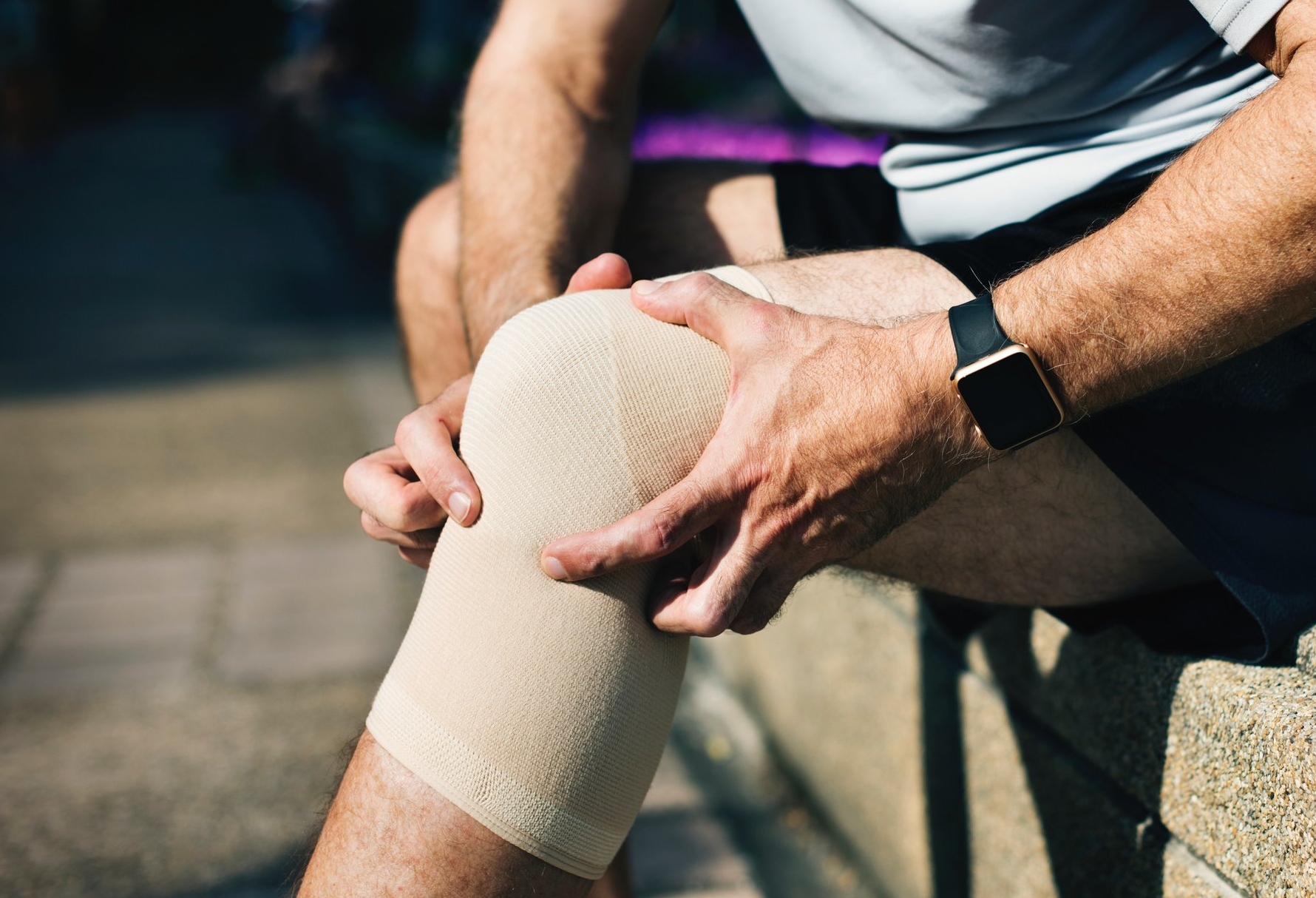Knee tendinopathy, either in the quadriceps or patellar tendon, is a common source of knee pain among jumping athletes, but can occur in non jumping athletes or the general population as well. This overuse injury is caused by repetitive sub maximal loading of the knee through a bending range of motion. If the loading is faster and/or greater than the tendon’s capacity to tolerate this tensile loading pattern, tendinopathy can occur leading to pain and decreased knee function. Our current understanding of these tendon injuries has moved from passive care (rest, anti inflammatories) to an active Physical Therapy approach focused on optimal loading of the tendon to promote remodeling and healing of the injured tissues. A new article sheds light on when patients can expect to recover from their knee tendinopathy.
van Ark and colleagues randomized 29 volleyball and basketball players with patellar tendinopathy to a 4 week full range of motion or isometric exercise program (Am J Phys Med Rehab. 2018). Patients were assessed for symptoms and function, as well as, each player underwent a baseline and 4 week ultrasound scan of the injured tendon. Interestingly, although players reported decreased pain and improved function after the exercise program, no structural changes were detected in the injured tendon. This study is consistent with the research on achilles tendinopathy which demonstrated improved clinical symptoms after 8-12 weeks of Physical Therapy treatment, but continued healing of the injured tendon up to 12 months after the onset of symptoms.
Physical Therapy exercises are the gold standard treatment for tendinopathy but should be continued after resolution of symptoms for optimal recovery of the tendon.
Click Here to schedule your next appointment with the experts at MEND

